Usiamo i cookie in questa webapp.
Alcuni di loro sono necessari per il corretto funzionamento del sito.
The Royal Site of Carditello is the royal site that best expresses the celebratory and productive vision of the Kingdom, developed by Ferdinand IV of Bourbon following the example of his father Charles and in the wake of the economic and social reforms initiated by the Habsburgs in Tuscany, Lombardy, and Europe.
The king’s joy at the inauguration is evident in his words to the painter Jakob Philipp Hackert: «This is the only palace I own that is completely finished and furnished».
The architecture of the Palace is inspired by Palladio's villas, the English neoclassical style proposed by Robert Adam – the official architect of King George III of England – and the recovery of ancient models, already appreciated by Luigi Vanvitelli and stimulated the discovery of the ruins of Pompeii and Herculaneum during the reign of the Bourbon.
The rooms of the royal site represent a new way of furnishing, which considers the choice of the paintings as an integral part of the decorative project.
The court painter and art director Hackert is entrusted with the task and selects works consistent with the vocation of the site, thus concerning the themes such as livestock farming, agricultural production, the supply of royal canteens and the sale of surpluses.
Hackert was a pupil of the Swiss philosopher and scientist Johann Georg Sulzer, and he had already worked on the creation of the English Garden of the Royal Palace of Caserta. He believed that art was a means to contribute to human morality and happiness, and that the State had a duty to use it for its historical, social, and educational function.
Hackert's cooperation with the House of Bourbon began in 1792, the year in which Ferdinand IV and the painter met during the realization of a large gallery in the “Villa del Pincio”, which was commissioned by Marcantonio IV Borghese.
When organizing the new Picture Gallery, Hackert used the works of different artists – mainly Neapolitan, Tuscan and German – to please the royal family’s taste as much as possible. The fish and game markets by the Austrian painter Giacomo Francesco Cipper, were contrasted with the delicate, welcoming light of the altarpieces by the Florentine Carlo Brunelli; the British elegance of Martin Ferdinand Quadal's royal dog handlers, is matched with the domestic simplicity of the still lifes by the Neapolitan Baldassarre de Caro and the Tuscan Giacomo Nani.
The still lifes, the hunting and markets scenes of the Carditello’s Picture Gallery, are precious documents for the study of Bourbon’ nutrition, the royal canteens, and the production of the territory during the reigns of Charles and Ferdinand IV of Bourbon.
Let’s discover them!
 Sala
Sala
Welcome to the first room on the ‘piano nobile’ (noble floor), the West Entrance
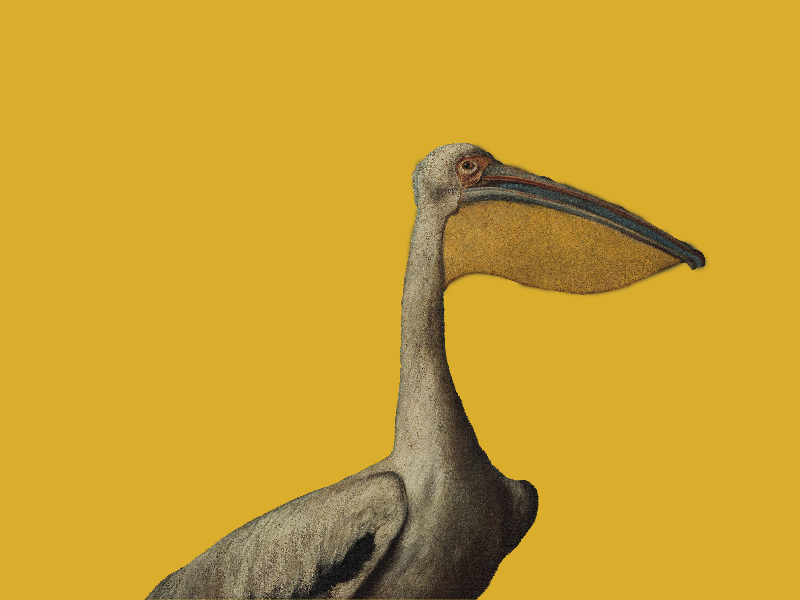 Sala
Sala
The architect Francesco Collecini placed the Boudoir, a four-roomed complex
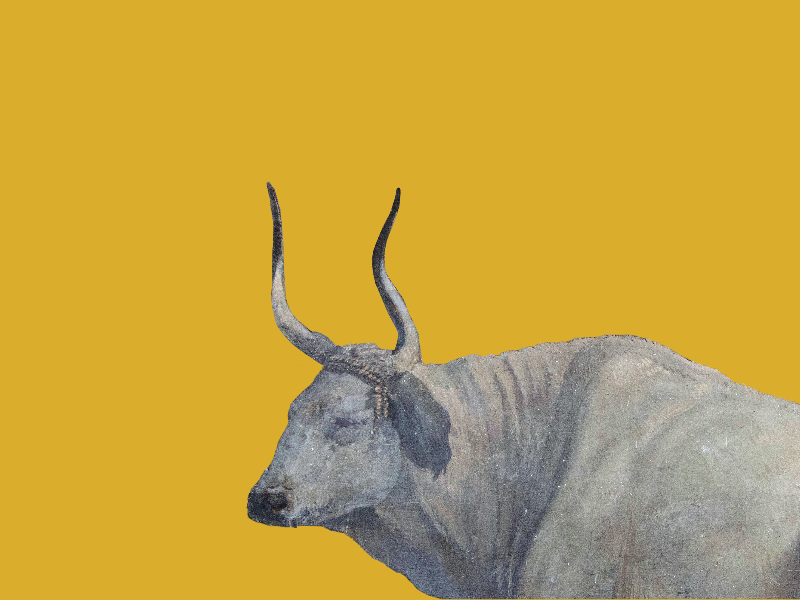 Sala
Sala
The Bedroom had valuable “au naturel” flower decorations and overdoors by Andrea
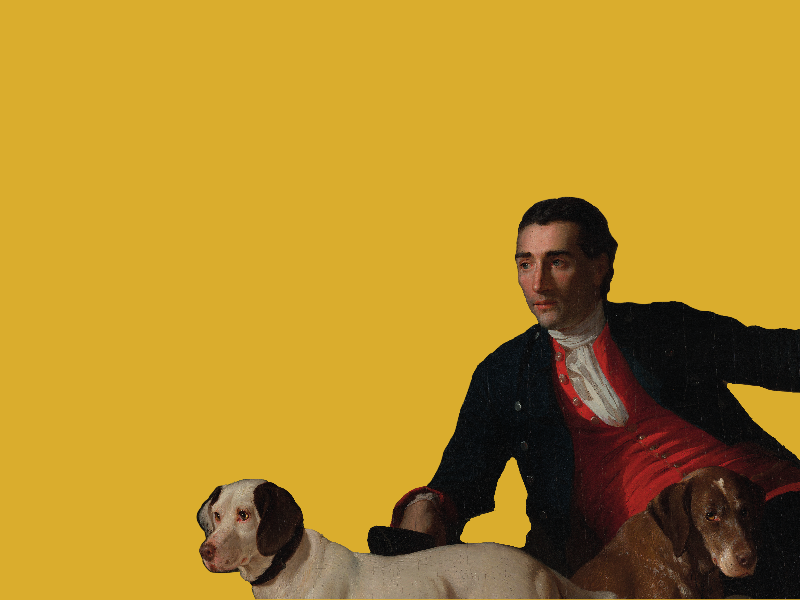 Sala
Sala
The Dining Room, adjacent to the Gallery, was adorned with green silk curtains a
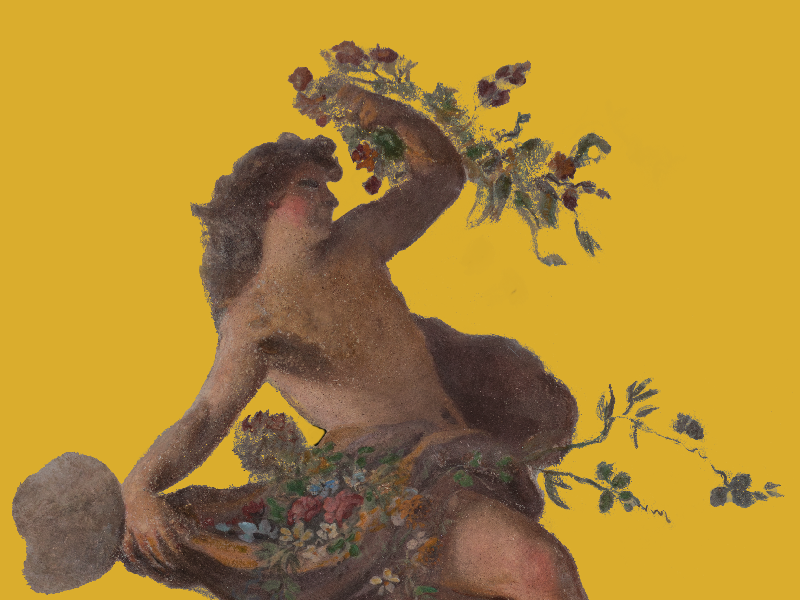 Sala
Sala
The Gallery, accessed from the entrance hall, was inspired by the Centaur’s Room
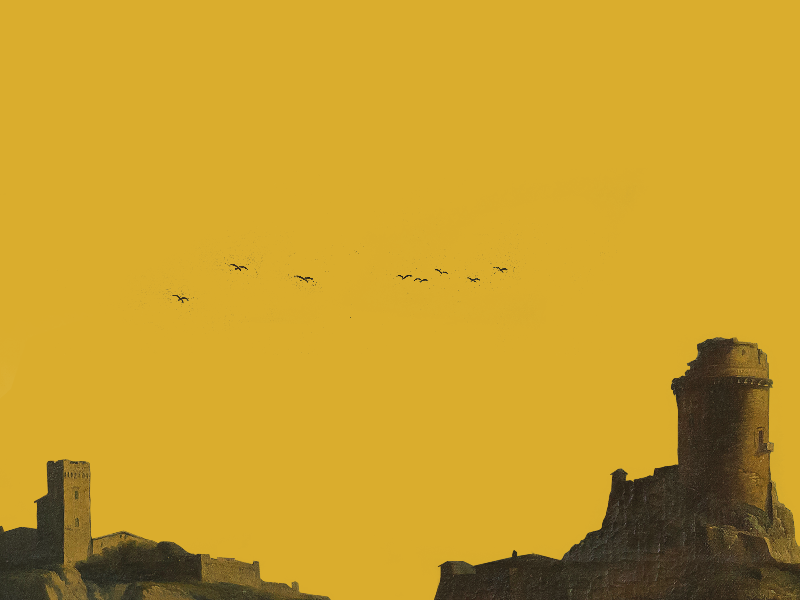 Sala
Sala
The Entrance Hall was symmetrical to the Dining Room and painted in “lead g
 Sala
Sala
The elegant Royal Apartment wouldn’t be complete without a Library, whose vault
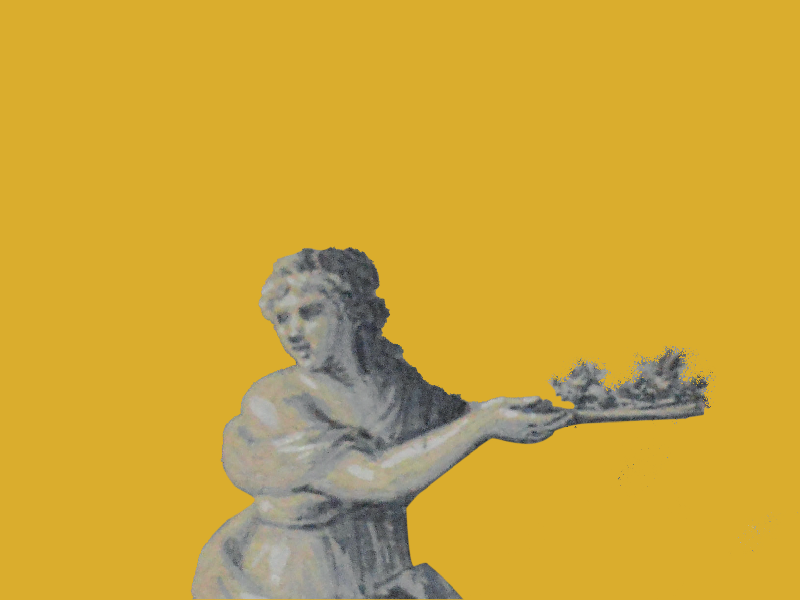 Sala
Sala
The Hall of Diana, designed next to the Library, was recognisable by its bluish
 Sala
Sala
The East Entrance Hall was scenically set up, painted in “straw yellow” colour a
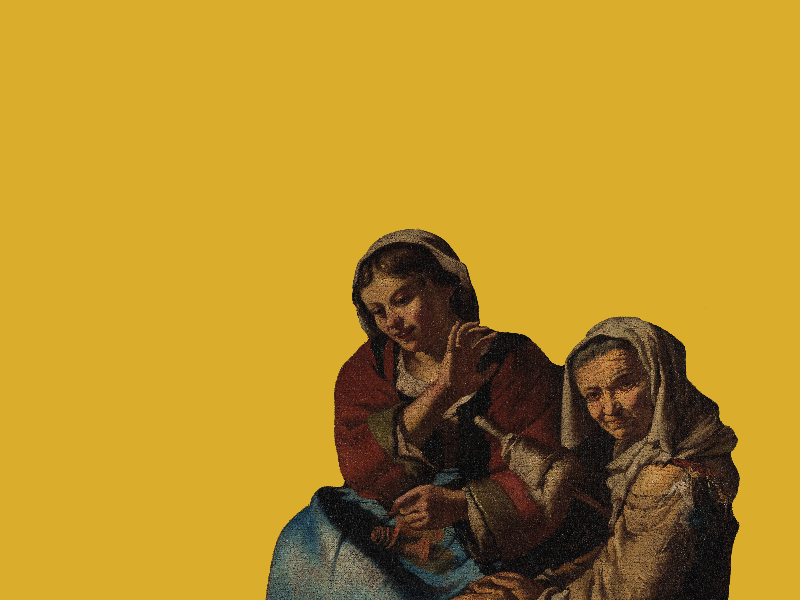 Sala
Sala
The Game Room was used for leisure activities and could accommodate up to sixtee
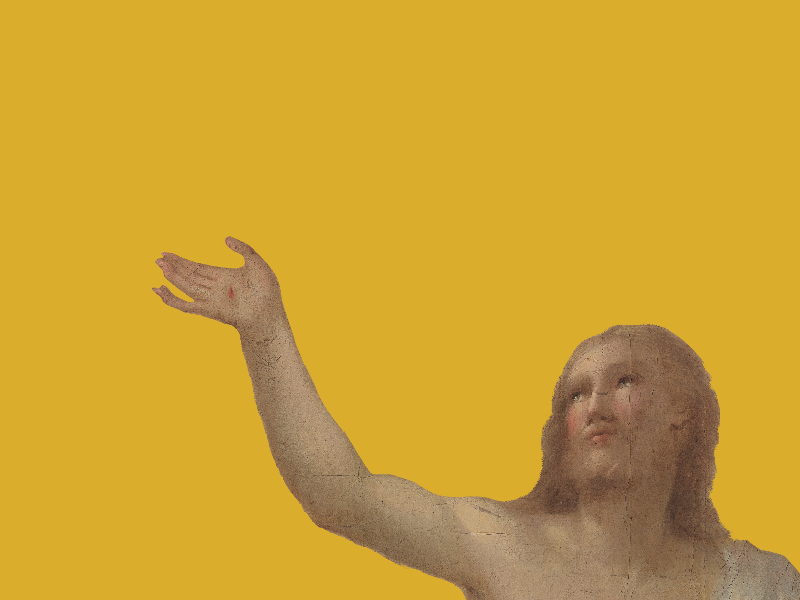 Sala
Sala
Works on the Chapel of the Ascension were completed in 1791, under the direction